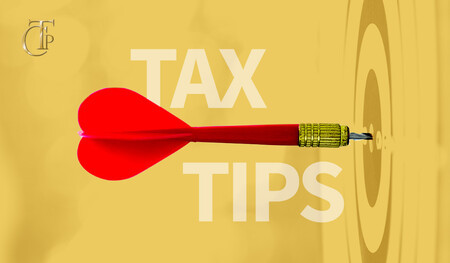Tips for Value Billing

At what point do you decide how much to charge clients and prospects under value billing in your scenario, and at what point do you tell the client how much you’re going to charge them? How do you do that when you don’t know yet how much you’re going to save them?
In my practice I use a pricing structure to quote fees for tax plans based on the assets, businesses, and investments of the client. This is the same pricing structure we teach in the CTC program and begins at $2,500 per plan and goes up to $50,000 for a single plan. Most tax plans take approximately 2-10 hours to prepare. The first step in the process is to examine their tax return, looking for mistakes and missed opportunities. Once I’ve identified some ideas, I estimate the total tax savings. This process takes about 30 minutes. I begin the conversation by sharing my findings with the client and discussing the total tax savings I estimate should they desire a tax plan. I then quote my fee relative to the savings. So lets say the total savings estimate is $10,000 on a particular project, I’d say something like, I can save you $10,000 per year and the cost of the plan is just $3,500.
Key Point – Fees are not based on or related to the savings in value billing The savings is merely used to emphasize the value of working together and to give the client a reason to pay the premium fee.





